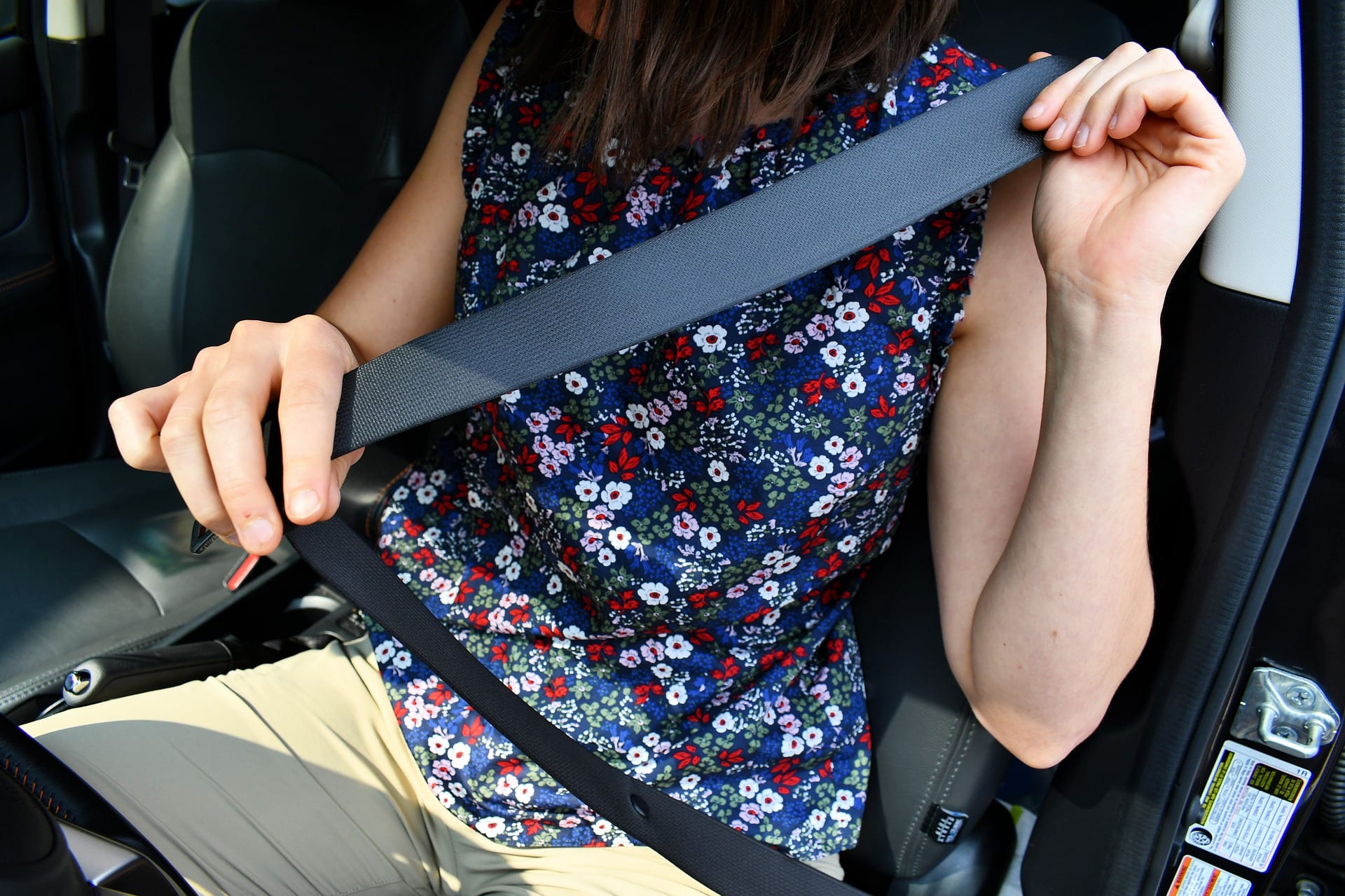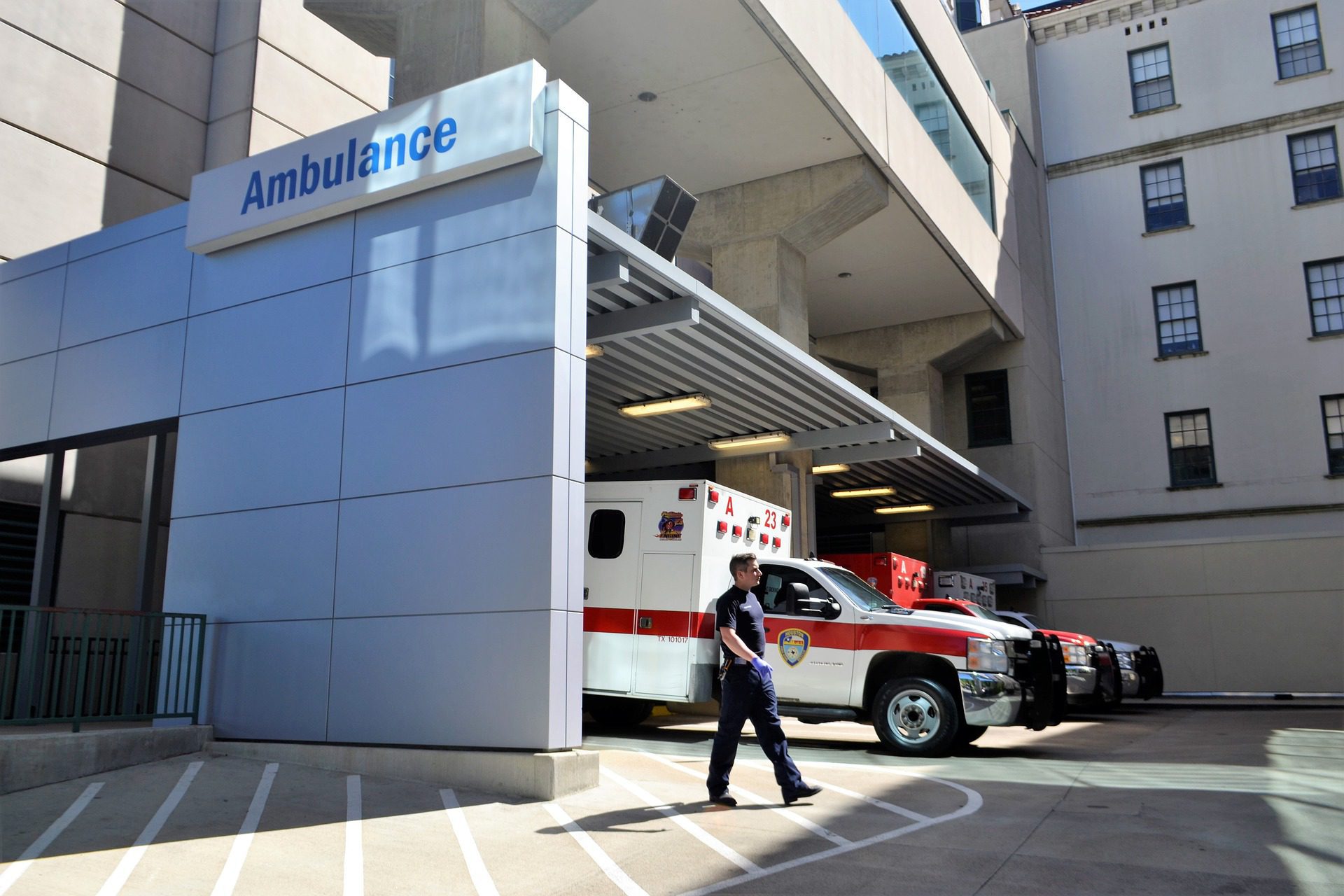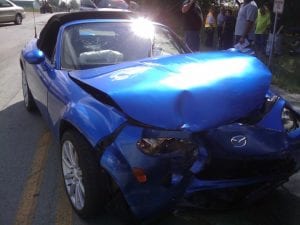In most cases, your seat belt will safeguard you in the occurrence of a vehicle collision. Seat belts operate by confining you whenever your car pulls to a rapid stop, which is common in a car accident. Whilst seat belts often minimize the chance of significant injury in a vehicle collision, they could also be the source of injury for the driver or passengers.
Several elements will determine the extent of injury caused by seat belts in car accidents. These include:
- How fast the car was moving during the accident
- If the seat belt worked correctly or if it had a malfunction
- Where you fastened the seat belt on your body
- If the seat belt had a manufacturer defect that you were unaware of
- The severity of the accident impact
- If the seat belt was just a shoulder or lap belt, which went across the sternum
Common Seat Belt Injuries
 Due to the seat belt’s constraint on your body, abrasions or bruising is not unusual. The severity of the auto accident frequently determines the seriousness of these seat belt injuries.
Due to the seat belt’s constraint on your body, abrasions or bruising is not unusual. The severity of the auto accident frequently determines the seriousness of these seat belt injuries.
Some common types of injuries sustained as a result of seat belt car accidents include:
- Cracked or bruised ribs
- Injuries to the chest and sternum
- Whiplash injury to the neck
- Tears in the shoulder tendons and muscles
- Head contusions caused by a collision with the dashboard or steering wheel
- Soft tissue injury in the abdomen
- Intestinal damage
- Injury to the abdominal wall
- Lacerations and abrasions
- Vascular injuries, though uncommon
 Furthermore, due to your seat belt posture during a car collision, you may develop “seat belt syndrome.” This syndrome occurs when there is an internal injury induced by the seat belt, which is not easily noticeable following the incident.
Furthermore, due to your seat belt posture during a car collision, you may develop “seat belt syndrome.” This syndrome occurs when there is an internal injury induced by the seat belt, which is not easily noticeable following the incident.
Notwithstanding potentially serious intra-abdominal injuries, you might not experience symptoms for several hours or days. For this reason, after a car accident, it is always vital to go to the doctor for a physical examination and perhaps a CT scan to examine for internal damage.
How To Avoid Seat Belt Injuries
Ensure that your seat belts and those of your passengers are correctly fastened and locked before a driver to help reduce seat belt-related injuries in the case of a car accident. Some of the key takeaways while buckling your seatbelt or someone else’s include:
- Ensure the lap belt is securely fastened across your hips and beneath your stomach
- Ensure the shoulder belt is over the middle of your chest (sternum) and not literally up against your neck
- Ensure the seat belt is snug yet easy
For Expert Legal Assistance; Contact Karnas Law Firm
 If a seat belt malfunction or flaw caused your injury, you should consult with a reputable personal injury lawyer. Karnas Law Firm’s experienced and trusted Car Accident Attorneys will advise you whether it is worthwhile to file a claim.
If a seat belt malfunction or flaw caused your injury, you should consult with a reputable personal injury lawyer. Karnas Law Firm’s experienced and trusted Car Accident Attorneys will advise you whether it is worthwhile to file a claim.
Product liability and personal injury claims may be both intimidating and complex. So, it is critical to deal with a lawyer you can trust. Schedule a free, no-obligation consultation to discuss your case today.
